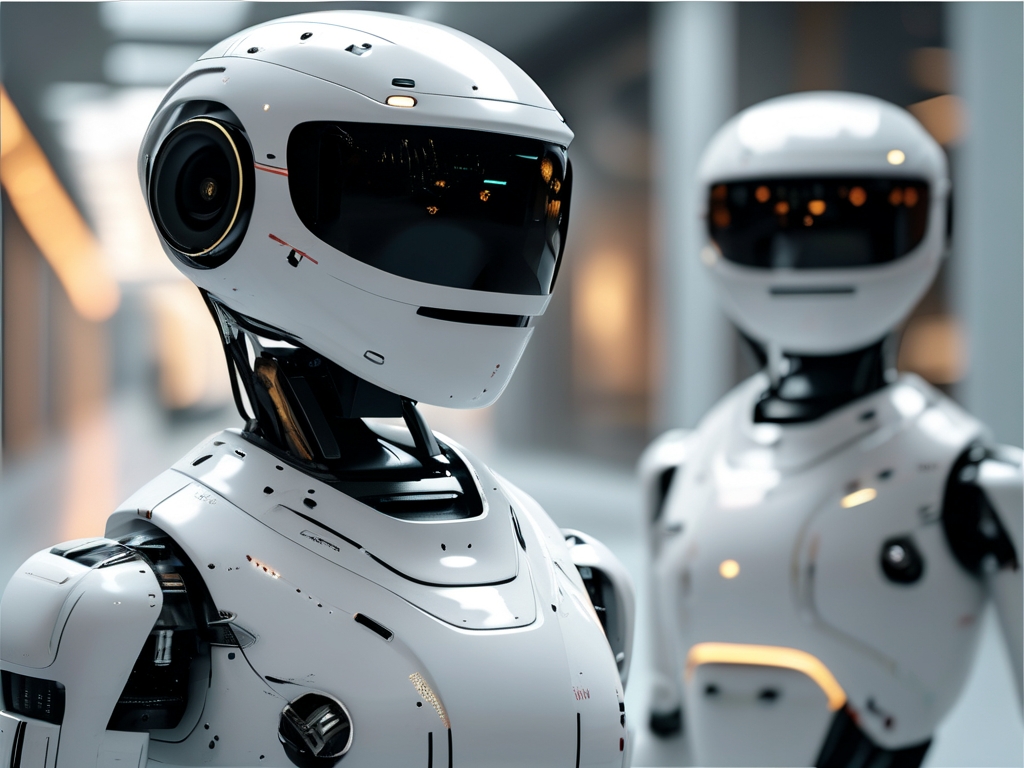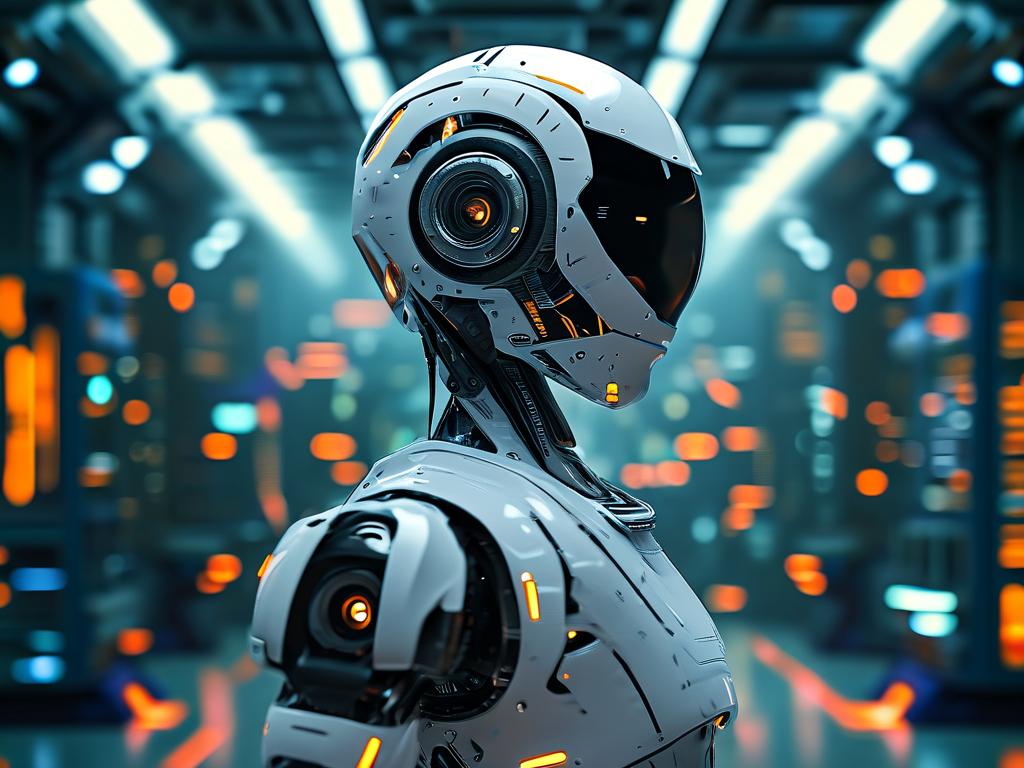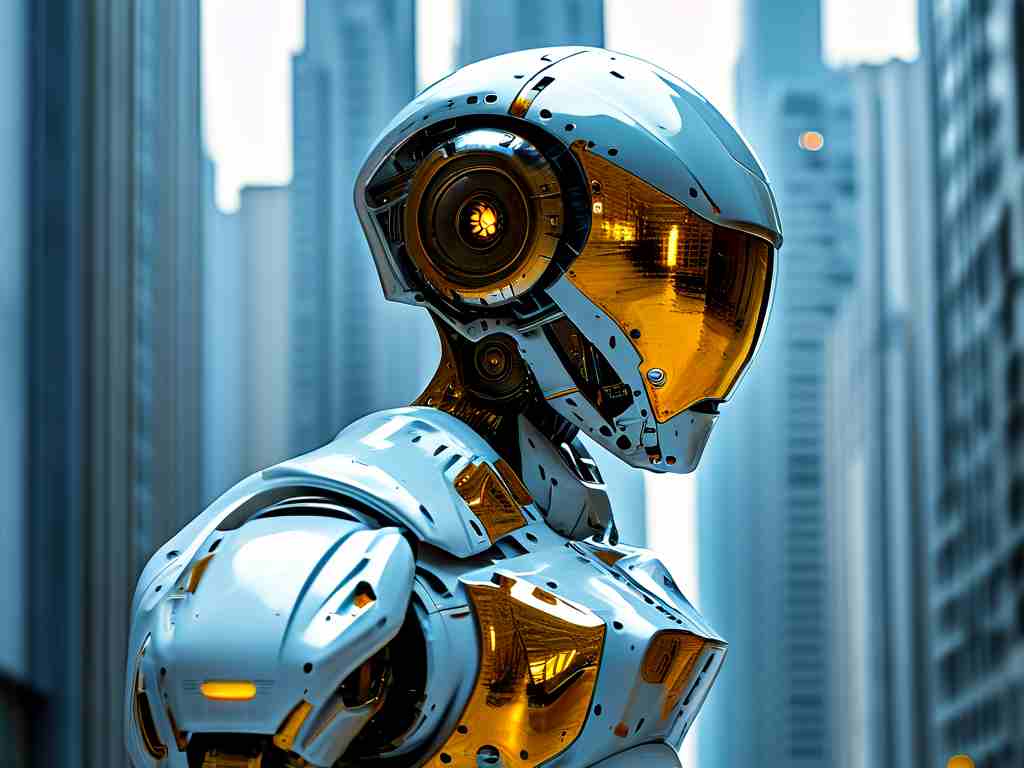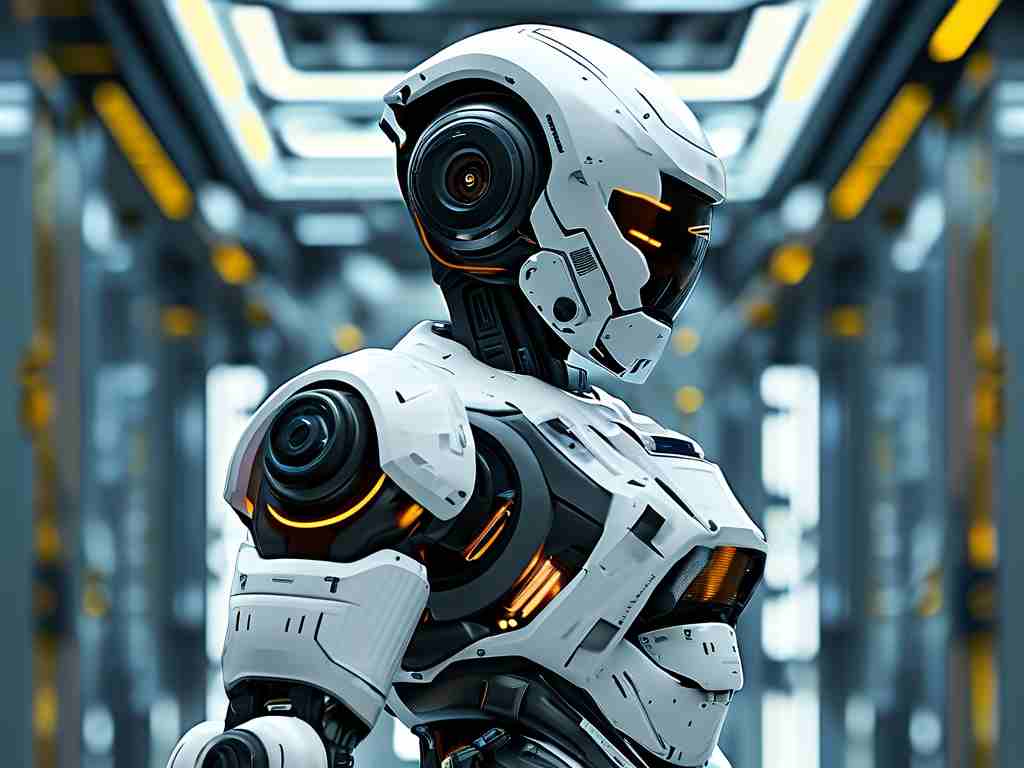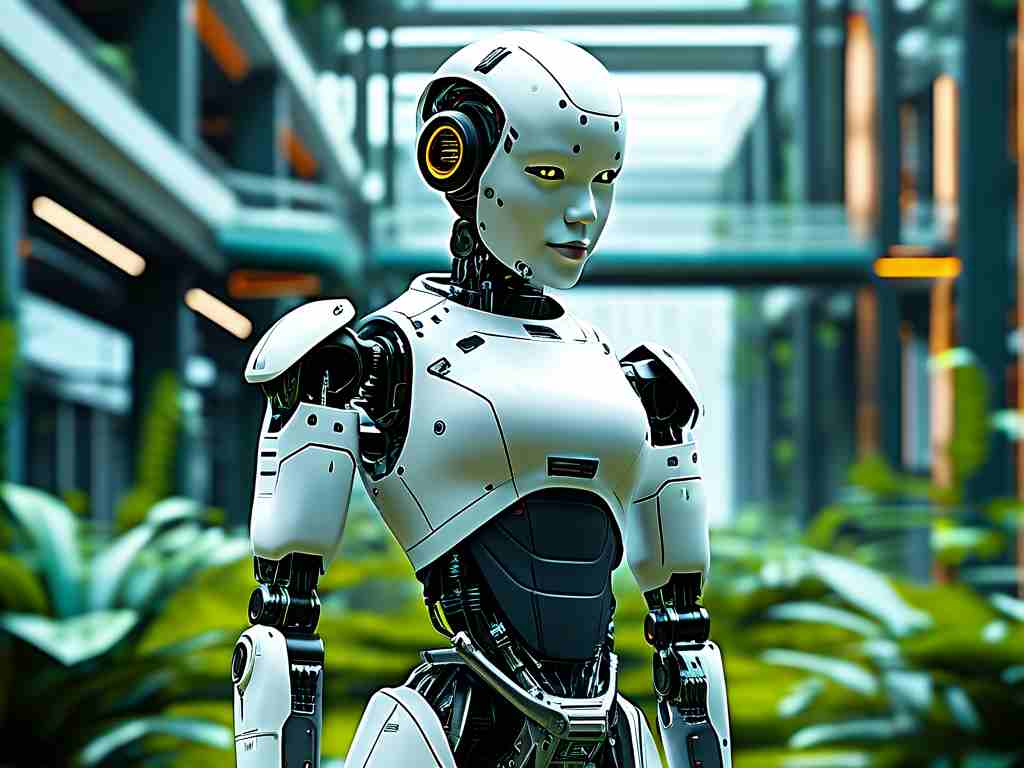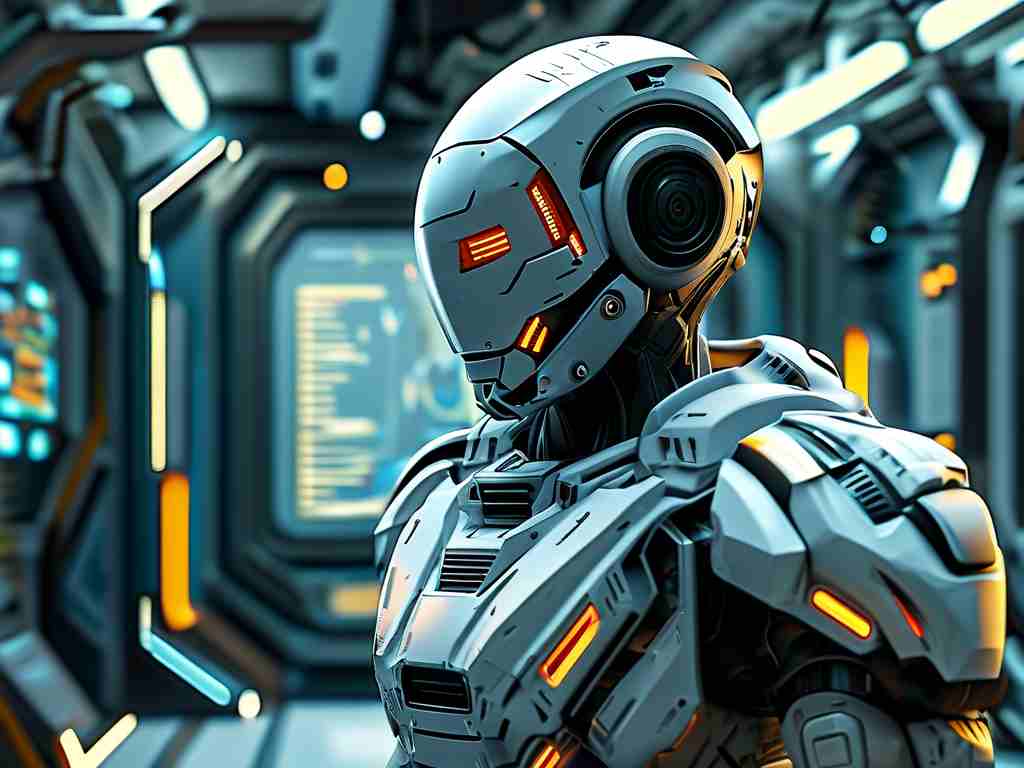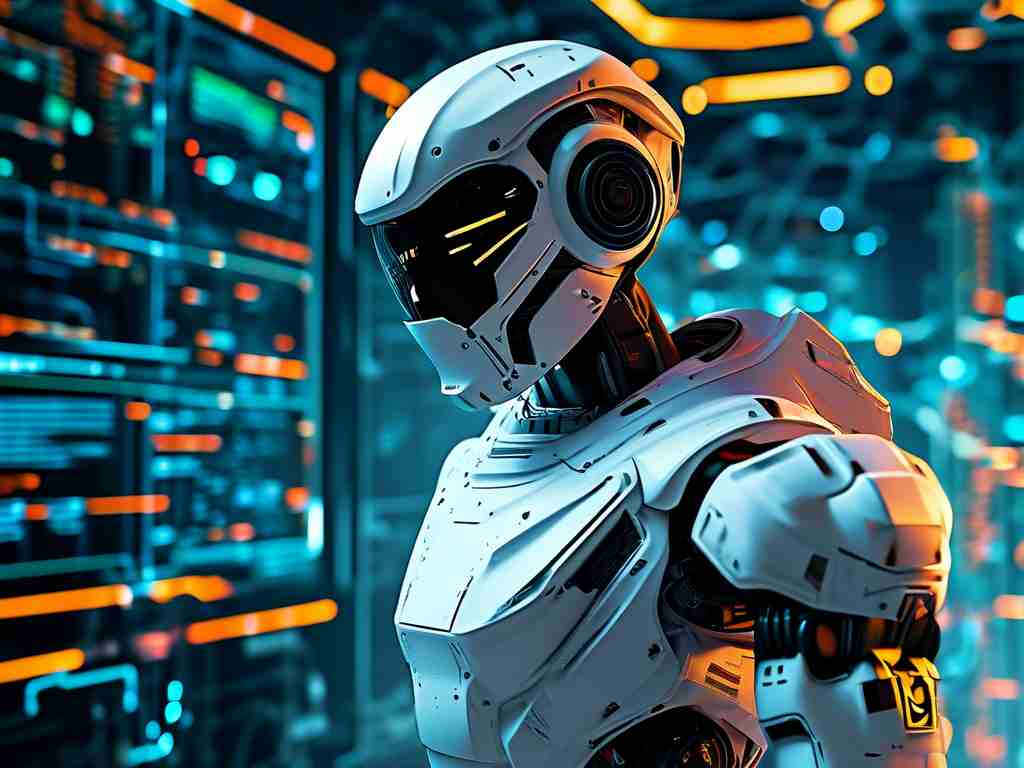The rapid integration of AI-driven robotics into industries such as healthcare, manufacturing, and logistics has revolutionized operational efficiency. However, this technological leap brings unprecedented safety challenges. Ensuring the secure interaction between autonomous systems, humans, and environments requires a multi-layered approach combining hardware resilience, algorithmic transparency, and regulatory frameworks.
Core Safety Technologies
1. Dynamic Risk Assessment Algorithms
Modern AI robots employ real-time risk evaluation systems that analyze environmental variables, human proximity, and task-critical parameters. For instance, collaborative robots (cobots) in factories use LiDAR and 3D vision sensors to detect sudden movements and adjust their operational speed within milliseconds. These algorithms are trained on hybrid datasets combining simulated edge cases and real-world scenarios to minimize false positives during emergency stops.
2. Encrypted Communication Protocols
To prevent malicious interference, AI robots rely on quantum-resistant encryption for data transmission. A 2023 case study in automated warehouses revealed that implementing lattice-based cryptography reduced cyberattack vulnerabilities by 78%. Additionally, decentralized blockchain frameworks are being tested to authenticate command sources, ensuring only authorized users can override robotic workflows.
3. Fail-Safe Mechanical Design
Redundancy mechanisms in hardware—such as dual-circuit power supplies and modular joint actuators—enable robots to maintain partial functionality during system failures. For example, surgical robots now incorporate force-limiting joints that physically disengage if software-based torque thresholds are exceeded, preventing tissue damage during unexpected errors.
Challenges in Implementation
Despite technological progress, gaps persist. One major hurdle is the "black box" nature of deep learning models, which complicates root-cause analysis during safety incidents. Researchers at the Zurich Institute of Robotics recently proposed explainable AI (XAI) modules that generate plain-language reports on decision-making processes, improving accountability.
Another concern is interoperability. With over 50 proprietary safety standards globally, harmonizing certification processes remains critical. The International Federation of Robotics has advocated for ISO 10218-1 revisions to unify collision detection metrics across industrial and service robot categories.
Ethical and Regulatory Frontiers
AI robotics safety extends beyond technical measures. Ethical guidelines must address scenarios where robots prioritize tasks over human preferences—a dilemma highlighted in elder care settings. Pilot projects in Japan now embed ethical decision trees into assistive robots, requiring explicit user consent before altering daily routines.
Regulators are also grappling with liability frameworks. The EU’s proposed Artificial Intelligence Act mandates "safety passports" for high-risk robots, detailing audit trails for every software update and hardware modification. Non-compliance could result in fines up to 6% of a manufacturer’s global revenue.
Future Innovations
Emerging technologies like neuromorphic computing promise to enhance safety by mimicking human neural adaptability. Early prototypes demonstrate 40% faster hazard response times compared to traditional GPUs. Meanwhile, biohybrid systems integrating synthetic biology with robotics aim to create self-healing materials that repair minor damages autonomously.
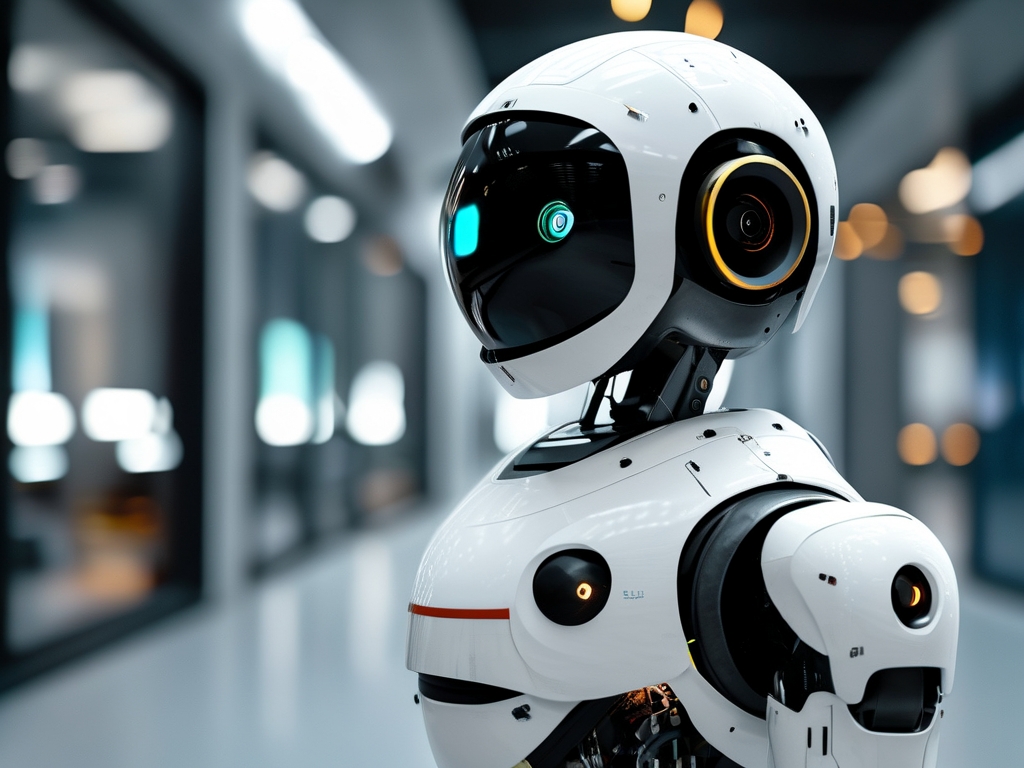
Collaboration between academia and industry will remain pivotal. Initiatives like MIT’s Safe AI Robotics Consortium (SAIRC) are fostering open-source toolkits for stress-testing algorithms against rare but catastrophic events, such as simultaneous sensor failures during high-speed operations.
AI robotics safety is not a static goal but an evolving discipline demanding continuous innovation. By merging cutting-edge technology with ethical foresight and global cooperation, stakeholders can build a foundation where intelligent machines operate reliably alongside humans—transforming risks into opportunities for progress.
